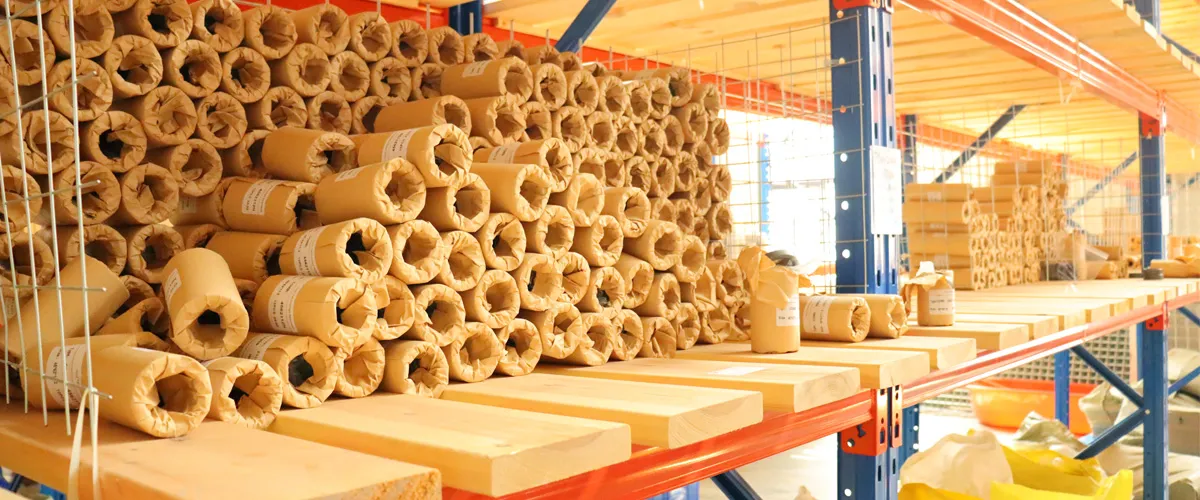11 月 . 02, 2024 08:14 Back to list
hydraulic oil seal types
Understanding Hydraulic Oil Seal Types
Hydraulic oil seals play a critical role in the functionality and reliability of hydraulic systems. They are essential components that prevent fluid leakage, protect against contamination, and sustain pressure within hydraulic circuits. Given their importance, it is crucial to understand the various types of hydraulic oil seals available and their specific applications.
One of the most common types is the nitrile rubber seal, often referred to as NBR. Known for its excellent resistance to petroleum-based oils and lubricants, NBR is widely used in various hydraulic applications. It can withstand a temperature range of -40°C to 100°C, making it suitable for environments where heat is a concern.
Understanding Hydraulic Oil Seal Types
Polyurethane seals are also notable for their flexibility and durability. These seals can handle dynamic movements exceptionally well, which makes them perfect for hydraulic cylinders and applications involving frequent motion. With a temperature range of -30°C to 80°C, polyurethane seals are often chosen for their toughness and resistance to abrasion.
hydraulic oil seal types

For applications requiring high-pressure capabilities, the backup ring is an essential component used alongside oil seals. These rings can be made from materials like PTFE (Teflon) or nylon, providing extra support and preventing seal extrusion, thus enhancing the overall sealing integrity.
Leather and fabric-based seals, though less common today, are still used in specific applications due to their natural resilience and flexibility. They are often found in older hydraulic systems or where traditional materials might be preferred.
In selecting the right hydraulic oil seal, factors such as temperature, pressure, chemical compatibility, and the specific operational environment must be considered. Failure to choose the appropriate seal can lead to leaks, reduced efficiency, and potential equipment failure.
The correct hydraulic oil seal significantly enhances system performance and longevity, demonstrating the importance of understanding the various types available. As industries continue to evolve, the demand for specialized seals tailored for specific applications will increase, leading to further innovations in seal technology.
In conclusion, the choice of hydraulic oil seal is pivotal in maintaining the efficiency and reliability of hydraulic systems. By understanding the different types available, engineers can make informed decisions that ensure optimal performance and reduce the risk of failure.
-
The Power of Advanced Sealing: High-Pressure Solutions for Modern Machinery
NewsOct.29,2024
-
Optimizing Machinery with High-Performance Oil Seals
NewsOct.29,2024
-
Maximizing Machinery Efficiency with Advanced Oil Seals
NewsOct.29,2024
-
Ensuring Equipment Longevity with Quality Oil Seals
NewsOct.29,2024
-
Enhance Equipment Performance with Quality Oil Seals
NewsOct.29,2024
-
Custom Oil Seals for Specialized Machinery Needs
NewsOct.29,2024
-
The Role of Wiper Seals in Dust Sealing and Oil Protection
NewsOct.20,2024
Products categories
















